Recycling and climate change
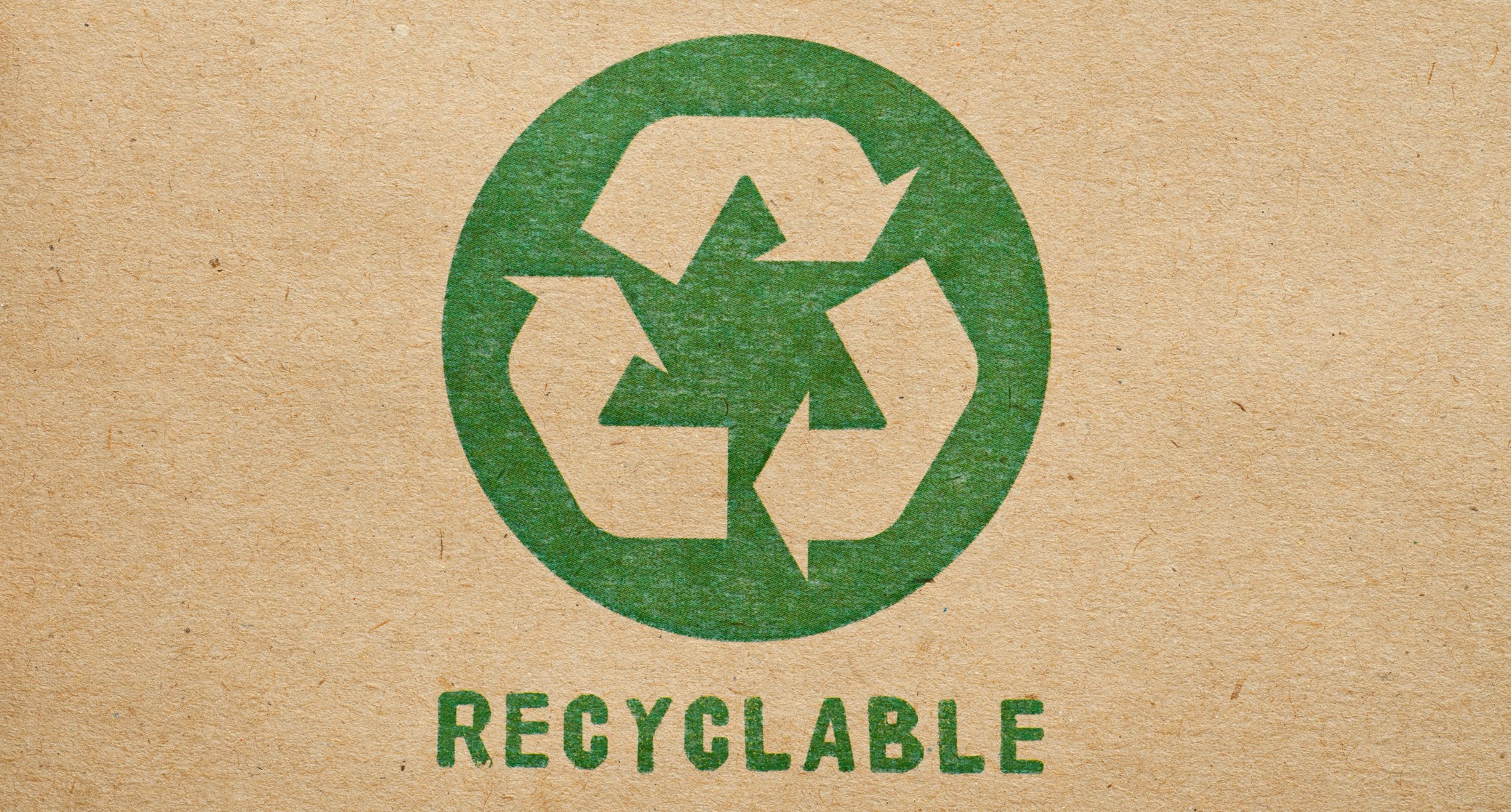
Our district produces around 60,000 tonnes of waste every year.
Waste contributes to climate change because collecting it, recycling and disposing of it creates carbon emissions.
As a rule of thumb, each tonne of waste generates about a tonne of carbon emissions and another 10% of emissions are generated through collecting and transporting the waste.
The total waste emissions are around 60,000 tonnes of carbon dioxide per year, which is about 4% of the district’s total emissions.
How much are we recycling?
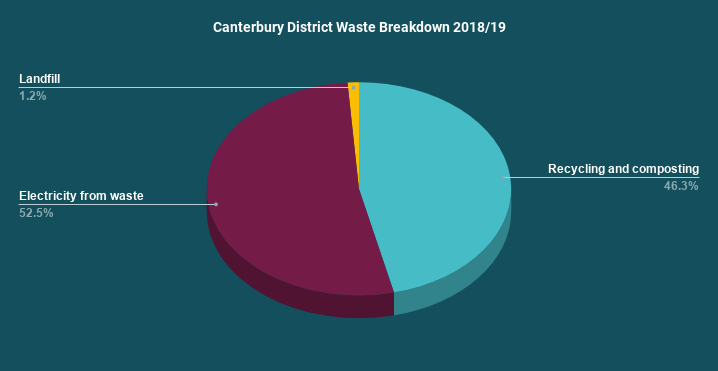
Across the district, we recycled 46.3% of our waste in 2018/19. A total of 52.5% was incinerated, or burned, and used for electricity. Only 1.2% went to landfill.
Landfill avoidance is an important part of the county’s waste strategy as it prevents methane emissions – a harmful greenhouse gas that is 28 times more potent than carbon dioxide.
The Kent Resource Partnership, made up of 13 district and borough councils and Kent County Council has pledged that no more than 2% of the county’s municipal waste will be sent to landfill by 2020/21.
How does recycling work in our district?
Canterbury City Council works in partnership with Kent County Council to collect and process household waste and recycling.
The Canterbury Environment Company (Canceno) collects your waste from your kerbside bins and it is then sorted and processed by the Kent County Council
They are responsible for organising and operating the waste collection centres and transfer stations as well as recycling, composting and incineration.
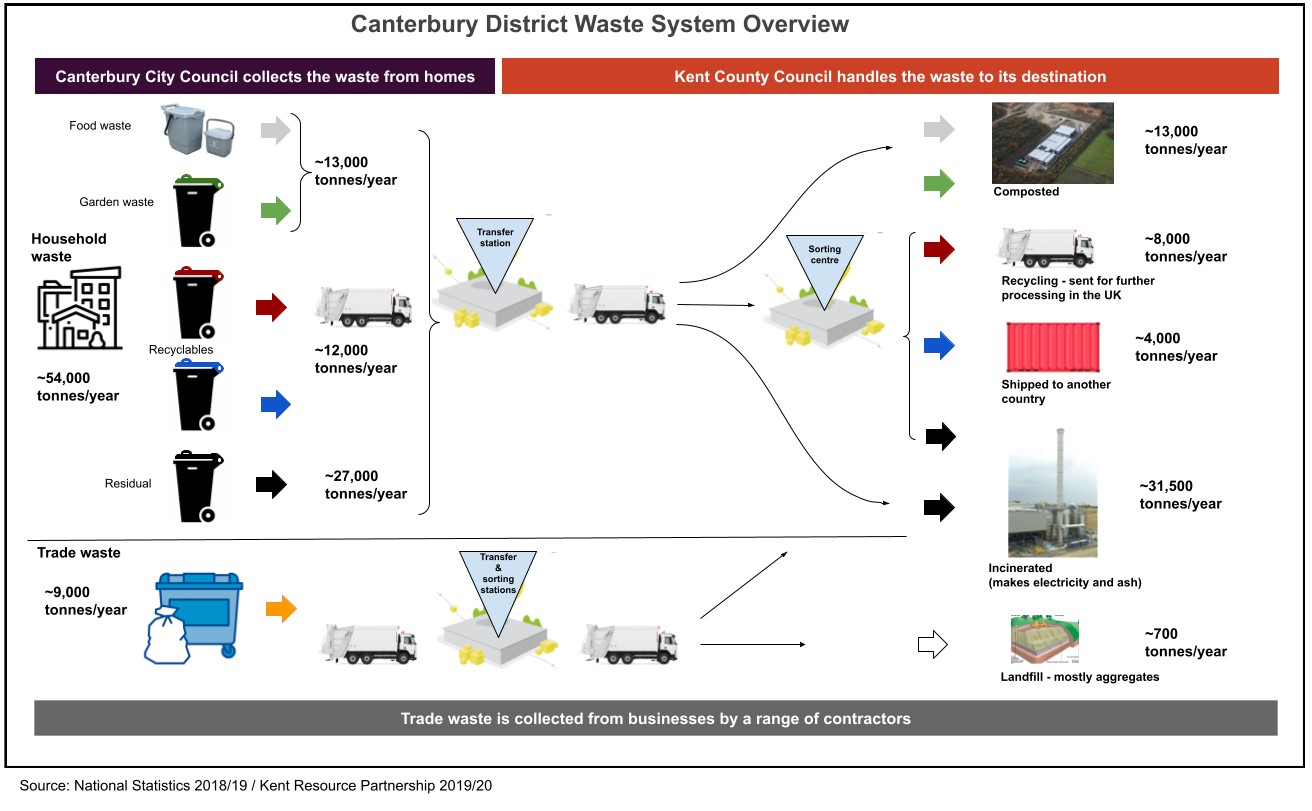
The waste journey map above shows what happens to the waste that is collected from your homes.
In terms of environmental impact of these options and final destinations, it is certainly most preferable to compost and recycle our waste and for the materials to travel as little as possible.
Where does our waste go?
In 2018/19, 80% of the district’s waste was processed in Kent with 13.4% leaving the county for further processing in the UK. Around 6.6% was shipped abroad.
You can find out more about waste destinations and the county’s waste strategy report on the Kent Resource Partnership website

Towards a circular economy
Although it is not possible to stop waste production entirely, there are plenty of meaningful ways we can all contribute to its reduction. If we are to achieve a net zero future, we all need to invest in a sustainable and resource-efficient circular economy.
A circular economy is a sustainable economic model in which we eliminate waste and keep resources in use for as long as possible. It is an alternative to the current ‘take, make, dispose’ model of production.
A good example of the need to move to a more circular economy is the fashion industry that generates 10% of global carbon emissions and uses 1.5 trillion litres of water every year.
There is huge potential for us to get more out of what we already have in our wardrobes so that fewer clothes are thrown away when they are still perfectly good.
Rather than replacing clothes and throwing them away, we could opt to get creative with outfit combinations, have clothes altered to fit better, follow care labels, or even give them away to extend their useful life.
The 7Rs of sustainability
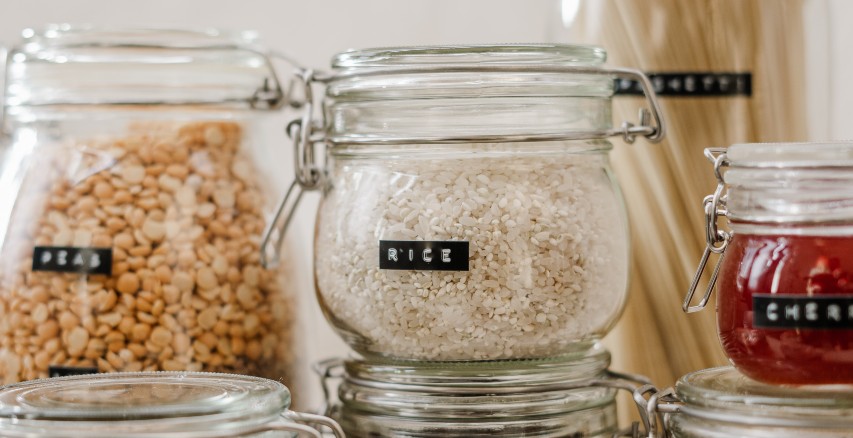
1. Rethink
Waste prevention and smart shopping are two incredibly effective ways to reduce greenhouse gas emissions.
When we buy less or reuse products, less energy is needed to extract, transport and process materials to make the products.
The next time you pop to the shop, check what you already have at home to see if you really need everything that you have picked up.
2. Refuse
Saying no to disposable items and replacing them with reusable items such as coffee cups, bags and water bottles also follows the principles of circular economy and keeps these things out of the waste stream.
3. Reduce

Every year, we throw away £12.5 billion worth of good food costing the average family £60 a month.
The environmental impact of wasted food is not only limited to its disposal but is also related to the production process.
From the huge amounts of water and fertiliser used during harvesting, to the livestock and land cultivated to produce our food, wasted produce is incredibly costly to the planet.
Reducing the amount of food you waste at home by planning your meals, making the most of leftovers and controlling quantities are all solid ways to reduce your own carbon footprint.
4. Repurpose
Making sure we are more mindful about getting the most out of the things we buy can help the environment and save us money. Repurposing packaging into creative crafts, revamping old furniture or using discarded fabric to create material gift wrap are all artistic ways to transform our junk into something useful.
5. Reuse
Many of the things we throw away haven’t reached the end of their useful life. There are many ways we can reuse, donate or repair our items to avoid unnecessary waste.
Donating things like clothing, furniture and toys can ensure that the most use is extracted from them before they are retired. Find out more at Love Your Clothes.
6. Recycle
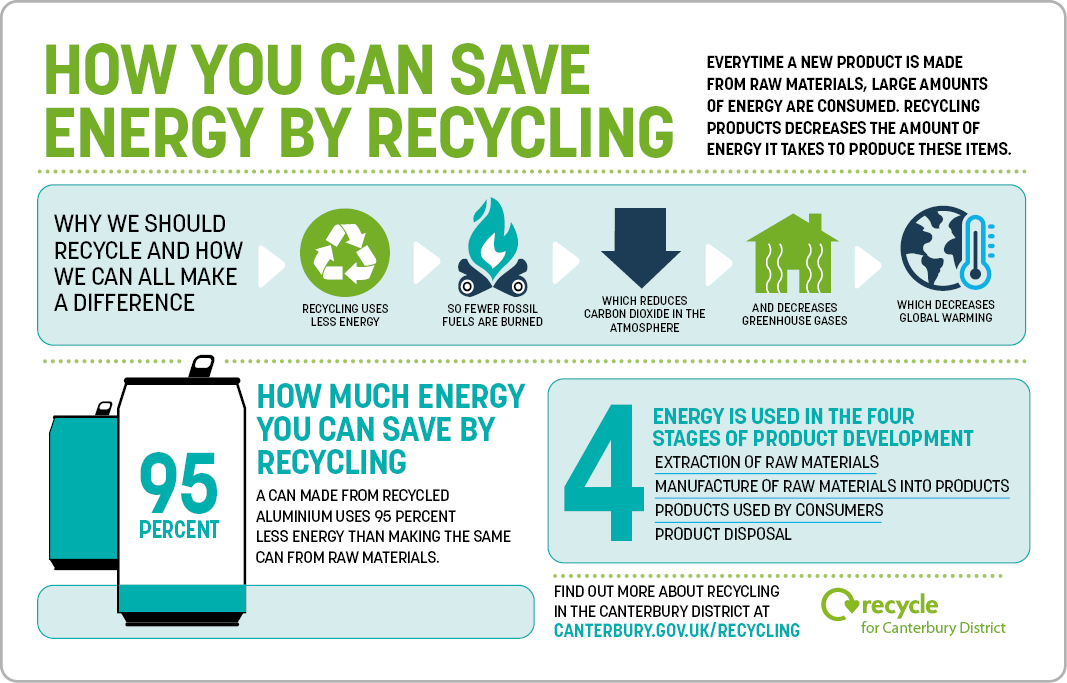
Recycling helps reduce greenhouse gas emissions by reducing energy consumption.
Using recycled materials to make new products reduces the need for virgin materials.
This avoids greenhouse gas emissions that would result from extracting or mining virgin materials.
In addition, making products from recycled materials typically requires less energy than making products from virgin materials.
7. Rot
For the food waste that you can not avoid, home composting or using your grey caddy to recycle your food waste is a significant contribution to removing food from the waste stream.
New research has revealed that as much as 50% of the items in your black bin could be composted.
Recycling your food waste is such an important part of reducing your carbon footprint for two key reasons:
-
Putting food waste in your food caddy allows for the recovery of nutrients from food waste as it is composted and turned into fertiliser for nearby farms.
-
Food waste is composed of about 70% water and burning it at a waste incinerator is highly inefficient as it requires a large amount of energy and the net energy gain is very low.
What can I recycle?
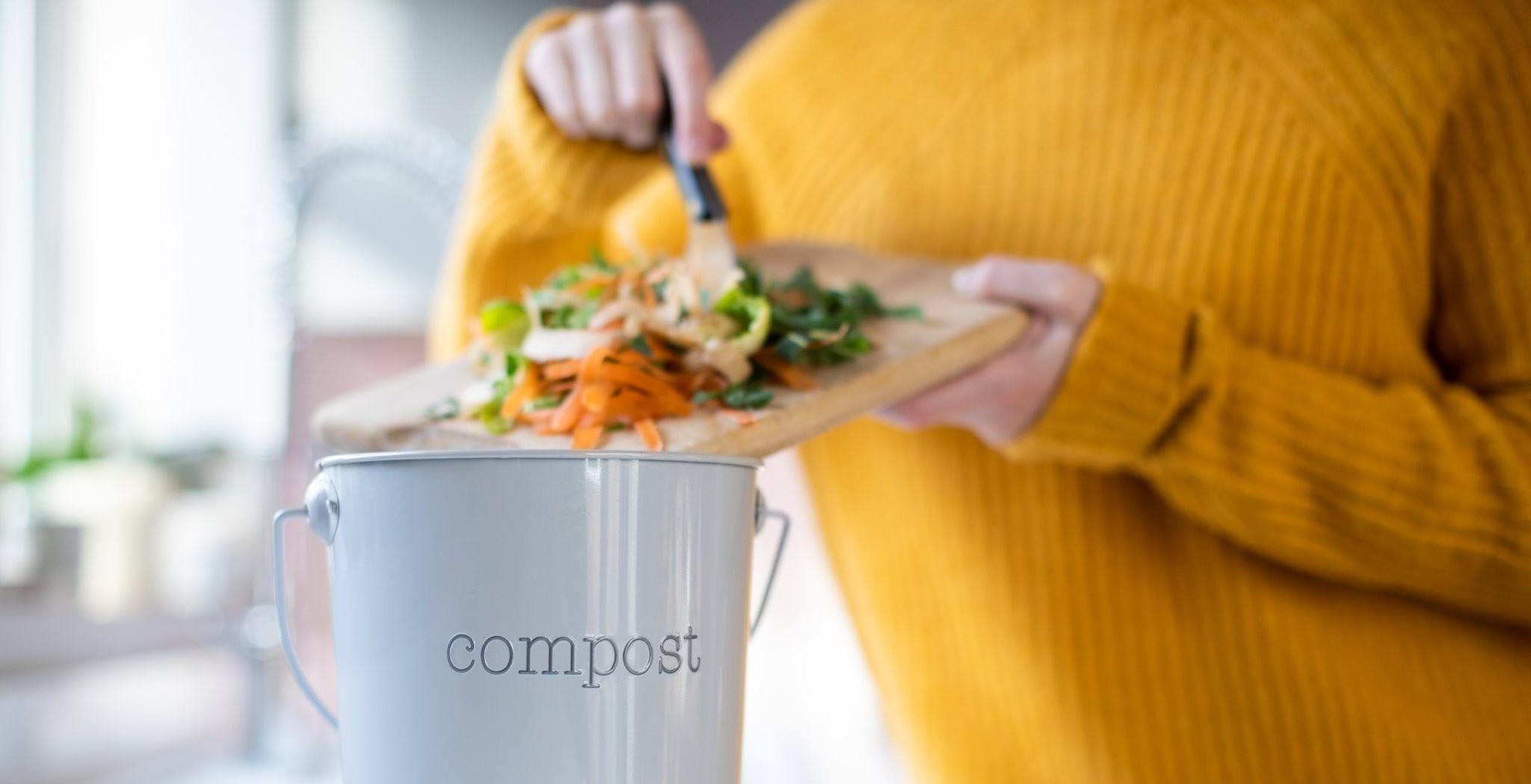
As nearly nine out of 10 UK households say they regularly recycle in the UK, it is more important than ever that we get recycling right.
Placing the right material in the right recycling bin is the best way to avoid recycling contamination – this is where your recycling contains some non-recyclable items or isn’t separated correctly into the right bins.
The reason contamination is an issue is that several contaminants can cause a whole recycling load to be non-viable as it is too difficult to separate and it will be diverted to the general waste stream.
We know most people want to do the right thing and to help your efforts, below is a guide to what you can recycle at home in your bins.
What can I recycle at home?
Blue bin
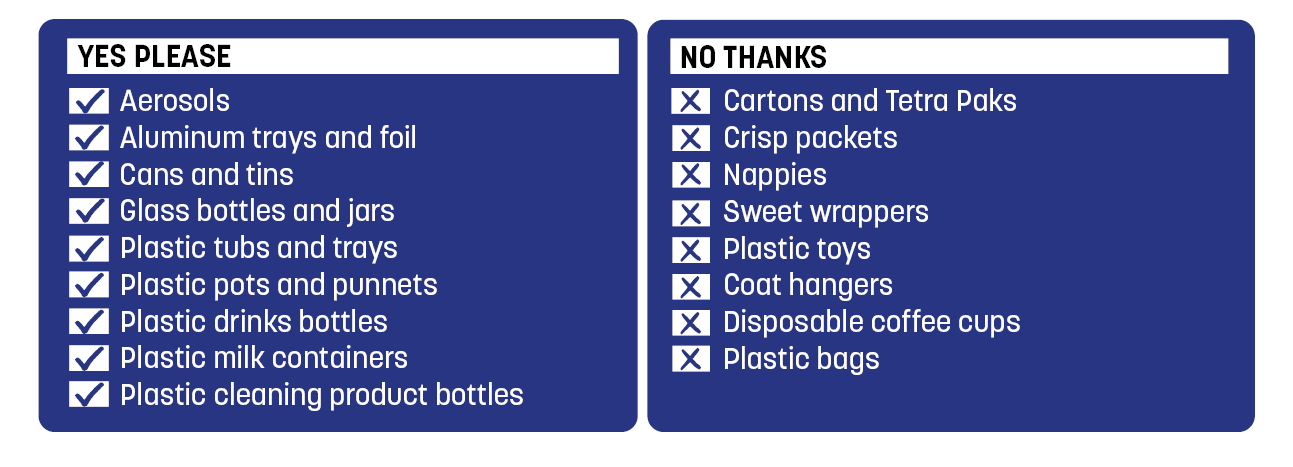
Red bin or paper insert

Grey food caddy

Green bin

You can find further information about where to put your waste on the Canterbury City Council recycling page.
You can also find out about what plastics you can and cannot recycle at home on the Pledge2Recycle website.
Helpful links
Household waste recycling centres
If there is something you can’t recycle at home, try your local household waste recycling centre as you will be able to recycle a wider range of items from batteries to paint cans, wood and electronic items.
Local donation points
You can also donate your unwanted items at these local places:
Or you can recycle your electrical items with these organisations:
Recycling banks
You can also visit www.recyclenow.com to find recycling banks and information on what you can recycle at home.
Bulky waste collections
If you’ve got large items to dispose of like furniture or white goods, which are too big to fit into your bin, we can take it away for a fee.
If you would like further information on recycling and climate change, you can contact Nicholas Thurston, Climate Change Officer at nicholas.thurston@canterbury.gov.uk .

Published: 28 April 2021